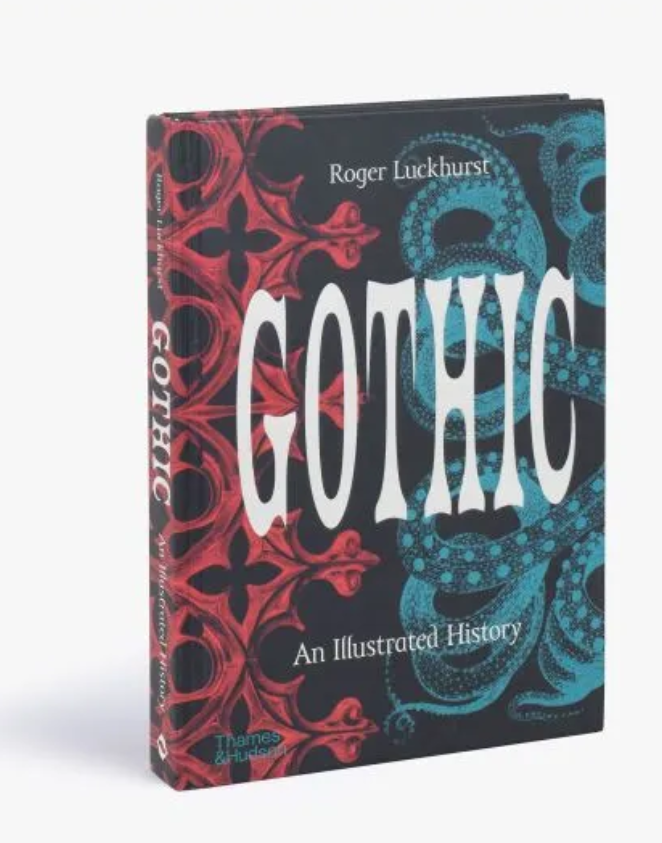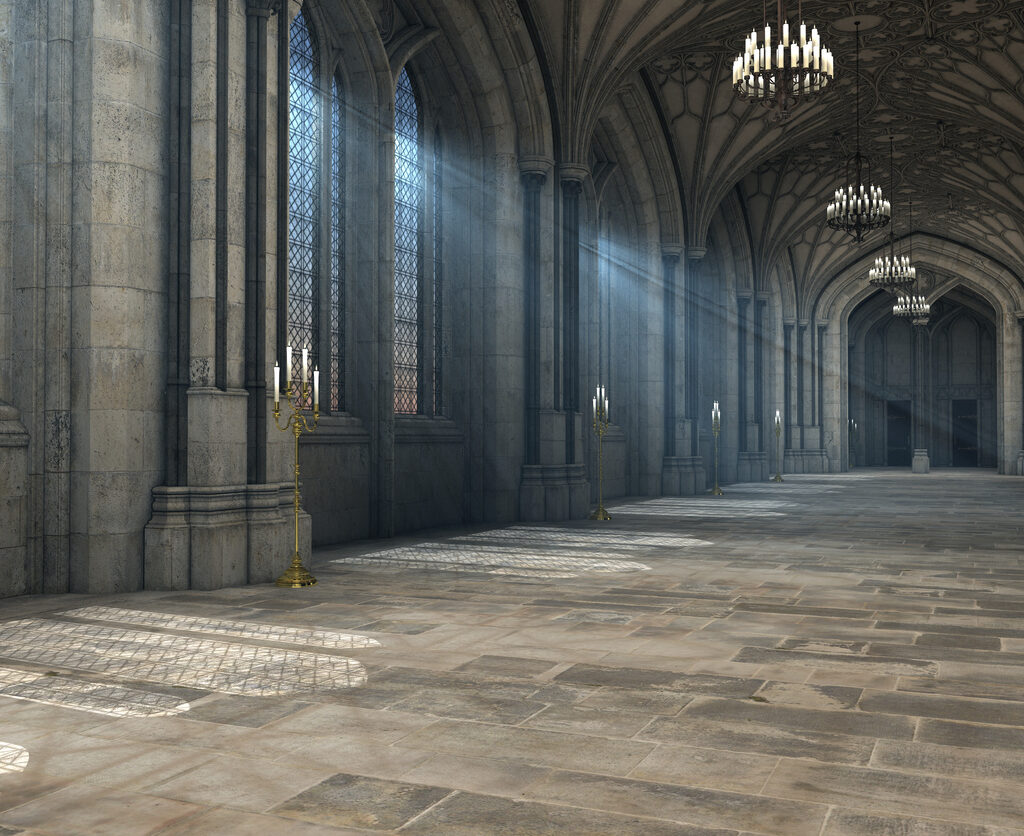Review: Gothic: An Illustrated History, Roger Luckhurst, Thames and Hudson
How did gothic become synonymous with the dark and diabolical when it began as an architectural movement in the Middle Ages that utilised new technologies to bring more light and lightness into churches, in order to turn eyes and hearts towards God?
Initially the name was used as an insult – it was related to the Goths, barbarians from northern lands, and it stood in contrast to the classic, southern European architecture celebrated in the Renaissance. Gothic architecture borrowed from the pointed arch of Islamic architecture, and so was seen by some as non-Christian, but by the time of Britain’s gothic revival, it had become a symbol of piety.
The modern idea of the gothic really begins, says Roger Luckhurst in this illustrated history, with the romance and mystery of ruins. There were plenty of them around due to the dissolution of the monasteries in the Reformation, but, confusingly, classical ruins could be gothic too. Ruins were picturesque, and they could be fabricated – witness the proliferation of gothic follies in the 1700s (though many wouldn’t be regarded as ruins exactly). They looked like corpses – shells of formerly living buildings, giving them an air of melancholy. It was, perhaps, natural to associate them with ghosts. Modern ruins – Chernobyl, Detroit – have their own melancholy appeal for documentary and movie makers.
Where modern conceptions of the gothic intercept with the church is the sense of another world intermingled with our present, more seemingly rational one. But, as with Halloween, in the gothic it is now simply the dark side that is highlighted. Luckhurst also notes that labyrinths featured in cathedrals, as tools for spiritual contemplation, but now we associate labyrinths with confusion, as in the streets of London described as labyrinthine in the Victorian gothic books of Dickens and Stevenson.

There’s another strange twist in the history of the gothic. Grant Wood’s ‘American Gothic’ (not discussed by Luckhurst) is so named because gothic was used as a term for a country hick. Gotham City might suggest a link to the dark connotations of the gothic, but Batman’s creator said he simply found the name at random in a phone book, and New York had long been satirized as Gotham, originally by a writer comparing the city to a town in England whose name means, in Old English, ‘goat-home’. It is just fortunate that the name resonates with gothic (thereby offering a contrast with the more normal ‘Metropolis’ of the Superman comics).
There is nevertheless a tradition in gothic literature – say, in Stephen King – of small-town and country backwardness and evil. The New England witch hunt of Arthur Miller’s The Crucible can be contrasted with supposedly more rational cities, though Miller also used the book to subtly criticism the communist witch hunts of Cold War America that were happening in the most metropolitan of settings. In Gotham City and the London of literature, it is the city that is backward, dark and dangerous. (Of course, there are also issues of racial and class-based prejudice lurking there too.)
Monsters such as Dracula and Frankenstein’s feature heavily in the gothic. Monsters are beings that don’t fit into a neat taxonomy of God’s creation, says Luckhurst, and so must be, literally, hellish. At the same time, it is also hellish to move between categories. Witches have long been accused of changing shape and turning into animals. In more recent pop cultural expressions we see this in the figure of the werewolf. Perhaps, in the nineteenth century, this was fed by the unsettling revelations of Darwin that species are not fixed. The theory of evolution was perhaps such a challenge to belief not because it seemed to go against a strict reading of Genesis but because it unsettled views of a fixed, orderly Creation. The gothic embraces the hybrid and the changeling, the thing that should not be, the thing that is something else. This hybridization extends to genre – in the US, there was a weird craze for mash-ups of the gothic and the Western.
If the gothic used to refer to ruins, gloomy weather and graveyards, now gothic is global. Like fog, it reaches everywhere, and appears in slime, sea creatures, robots, aliens, the dreariness of suburbia. But like fog it becomes a bit shapeless; getting a handle on the essence of modern gothic is hard. And perhaps because it is exhaustive and ubiquitous, Luckhurst can’t cover it all. Largely missing in his account, which favours books and films, is music and recent gothic painting and drawing. But, perhaps inevitably, Luckhurst points out that the most global of recent gothic phenomena might be the injection into art of the existential threat posed by climate change and human-driven ecological destruction. Here, in Frankensteinian fashion, our cleverness has come back to haunt us.
Nick Mattiske blogs on books at coburgreviewofbooks.wordpress.com and is the illustrator of Thoughts That Feel So Big.













